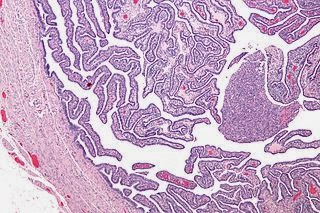Pelvic Inflammatory Diseases or more commonly known as the PIDs are one of the most common STDs that affect women. It is less reported and more prevalent in the conservative societies where the women are subdued. It is essentially the infection of women’s reproductive organs which comprises of the ovaries, fallopian tubes, cervix and surrounding structures. The infection in a particular pat of the female reproductive organ is known by a specific name such as Cervicitis (affects the cervix), Salpingitis (affects the fallopian tubes), Endometritis (affects the tissues lining the uterus) and Peritonitis (affects the peritoneum) respectively. These are altogether termed as the PIDs.
Causes
The main cause of the disease is the bacterial infection. Chlamydia trachomatis and Neisseria Gonorrhoea are the pathogenic bacteria that cause the above said disease. However these are communicable disease and spreads through sexual contact which makes it even more serious.
Conditions
Although it is not an age specific disease and can afflict women of any age, however the sexually active females younger than 25 years of age are higher risks. The reason is that the cervix in this age group of female is not fully matured which increases their risks of contracting it more easily as a STD. The women who douche are also potentially at a higher risk compared to those who do not. Those who already have had an episode of STD again are at a higher risk of contracting is the again. It affects millions of women worldwide.

Pelvic inflammatory disease symptoms
Of the two bacterial infections which cause PIDs, the symptoms of the PIDs caused by the Chlamydia infections are quite vague and often go unnoticed. However the most common symptoms noted in the patients afflicted with the disease are abdominal pain, especially in the lower part of the abdomen, tenderness in the abdomen, back pain, abnormal bleeding of the uterine, unusual or heavy vaginal discharge which might have a foul odour, burning sensation while urinating and pain during an intercourse.
Effects of the disease
The infection can often lead to the permanent damage to the female reproductive system. The infected tissues are also known as the scar tissues. Scarring in the pelvic region of the female anatomy might cause chronic pelvic pain. They also prevent the normal movement of the eggs through the fallopian tube by constricting them. In such a case further complications might arise and the afflicted women may become infertile. In the extreme cases these unfertilised egg start decomposing and become poisonous leading to even deaths.
Treatments
Although this a common STD, a stitch on time saves nine. So it is needless to say that this disease if treated immediately while it is still in the early stages can be cured to quite an extent. The most common form of treatment is the administration of the antibiotics. Depending upon the extent of infection they are prescribed by the health practitioner. However the damage that has already been done to the pelvic cannot be reversed. Thus, it is always well said that “Prevention is better than cure”.






